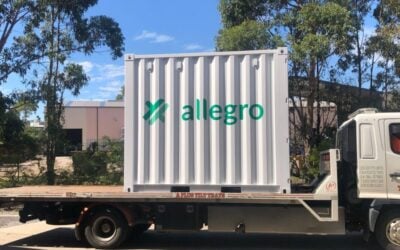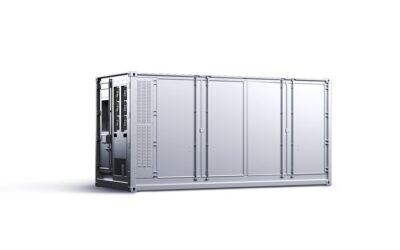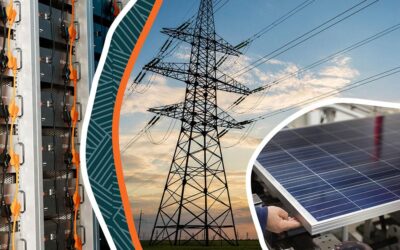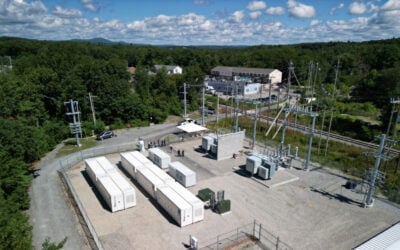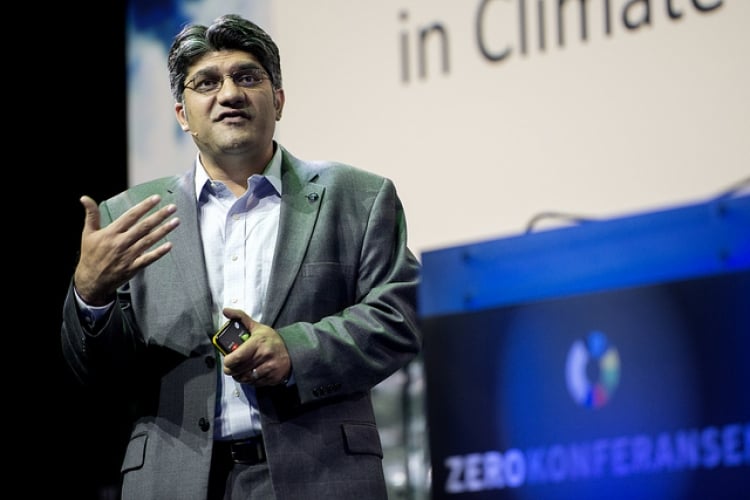
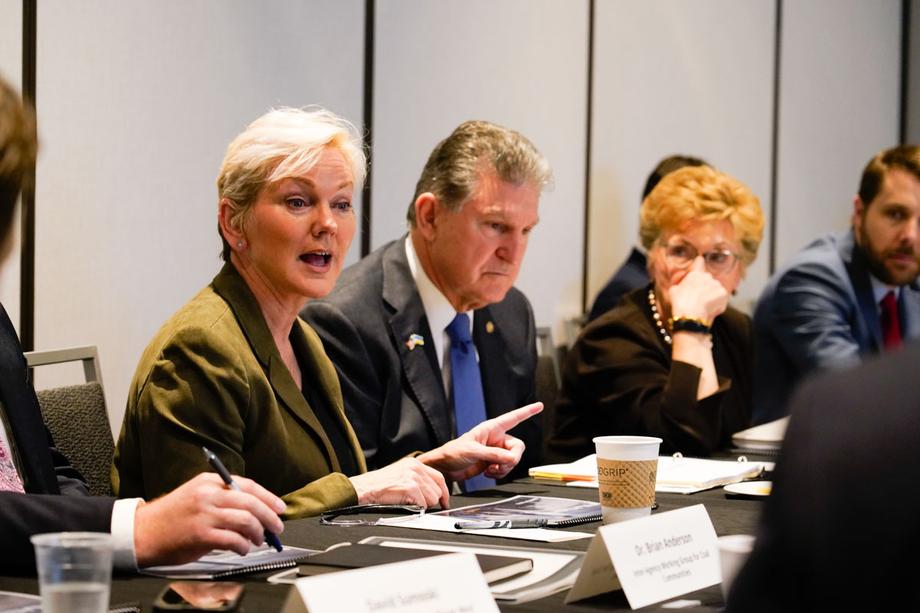
US Senator Joe Manchin and fellow bipartisan colleagues have urged the Biden Administration to invest more in non-lithium energy storage technologies, while DOE Loan Programs Office head Jigar Shah expects companies developing the latter to broadly secure 1GWh orders this year.
Democrat Manchin and fellow Senators from across the two main parties Angus King, Jim Risch, Shelley Capito and Sheldon Whitehouse have sent an open letter to Energy Secretary Jennifer Granholm. The letter called on the administration to “use future funding for both lithium and non-lithium battery chemistries to reduce America’s reliance on foreign supply chains and strengthen our energy security.”
Enjoy 12 months of exclusive analysis
- Regular insight and analysis of the industry’s biggest developments
- In-depth interviews with the industry’s leading figures
- Annual digital subscription to the PV Tech Power journal
- Discounts on Solar Media’s portfolio of events, in-person and virtual
The Senators want the administration to follow guidelines in the bipartisan Infrastructure Investment and Jobs Act (IIJA) to invest in a broad variety of energy storage technologies, and pointed out that so far all US$2.8 billion of the the IIJA’s funding for battery technology so far has gone to the lithium-ion supply chain.
The letter comes shortly after the head of the Department of Energy’s Loan Programs Office (LPO) Jigar Shah told Energy-Storage.news he expected 2023 to be a substantial inflection point for non-lithium technologies.
“I do think that all these non-lithium battery chemistries will get one gigawatt hour orders in 2023 which they will then be able to use to raise private money and use loan programmes to scale up their manufacturing,” he said.
Non-lithium battery energy storage technologies could include flow batteries, non-lithium metal-ion batteries like sodium-ion or zinc-ion, or entirely novel technologies like EnerVenue’s nickel-hydrogen battery or Form Energy’s ‘iron-air’ battery.
The letter cited a DOE report which said that “ensuring more than one technology and different chemistries among the options for grid energy storage systems will increase the resiliency of the overall supply chain.”
Read the full letter from the Senators here. Joe Manchin is considered the most important ‘swing vote’ in the finely balanced Senate and his about-turn was instrumental in getting the successor to IIJA, the Inflation Reduction Act, over the line. The bill and its tax credit incentives for standalone energy storage came into effect on January 1, 2023.
The US has seen a total investment of US$92 billion into its battery supply chain since Biden became President two years ago, as recently reported by Energy-Storage.news. Although it didn’t break down the figures, it is clear that lithium-ion accounts for the majority of both the top-line figure and the portion of it which is DOE-supported.
Energy-Storage.news’ publisher Solar Media will host the 5th Energy Storage Summit USA, 28-29 March 2023 in Austin, Texas. Featuring a packed programme of panels, presentations and fireside chats from industry leaders focusing on accelerating the market for energy storage across the country. For more information, go to the website.

